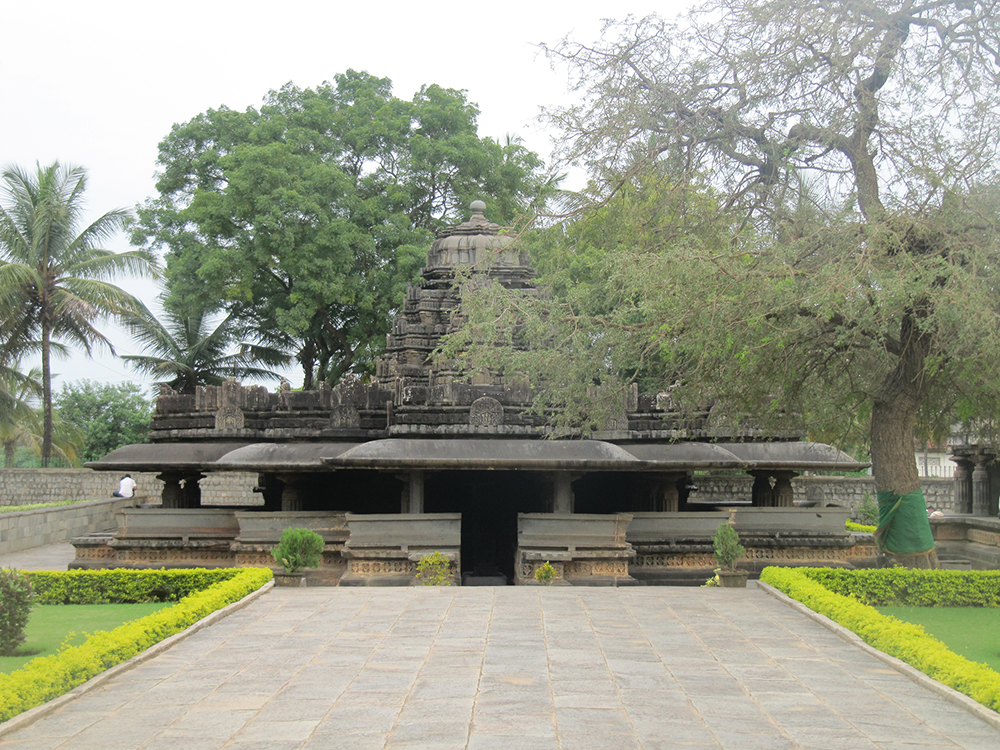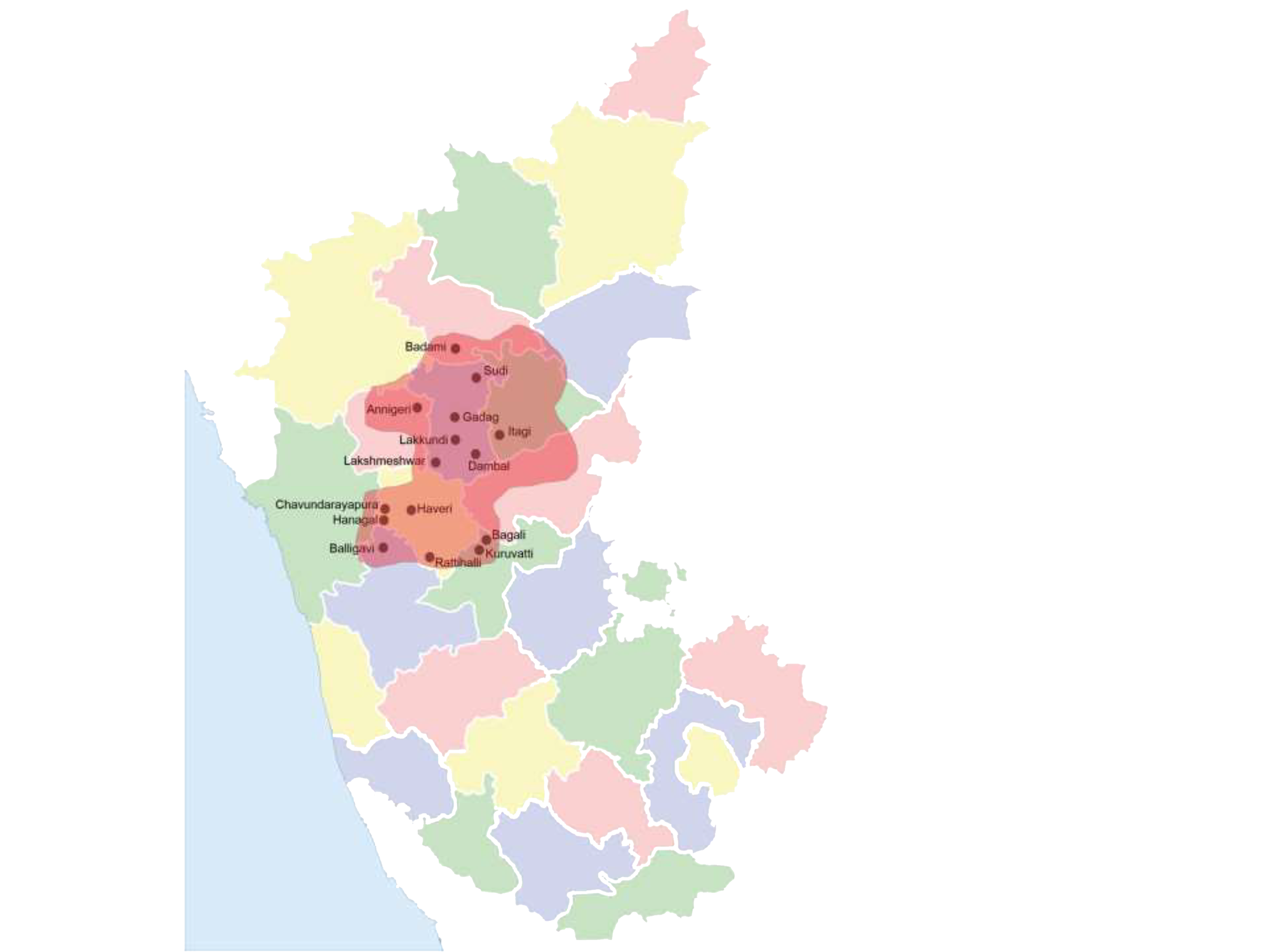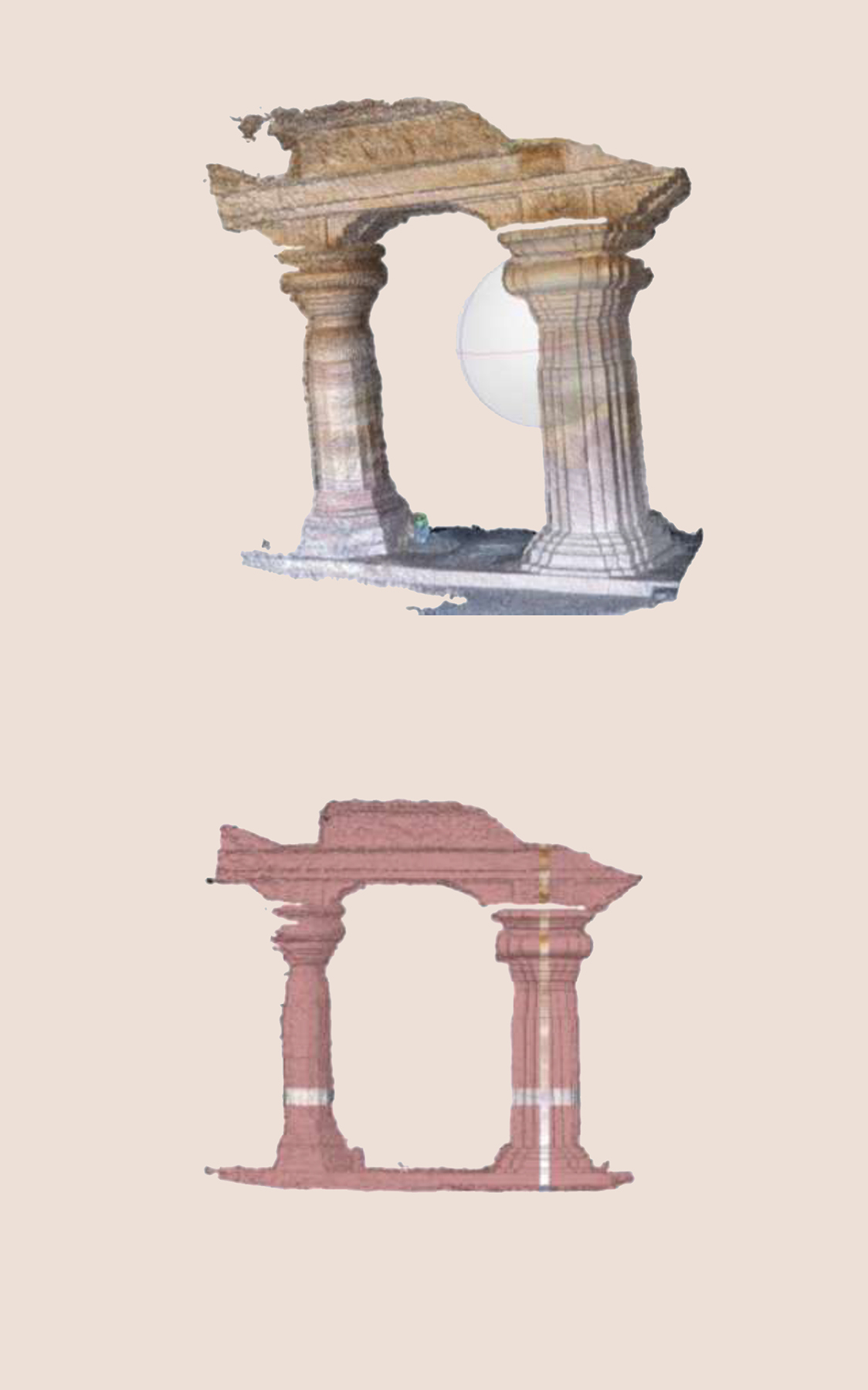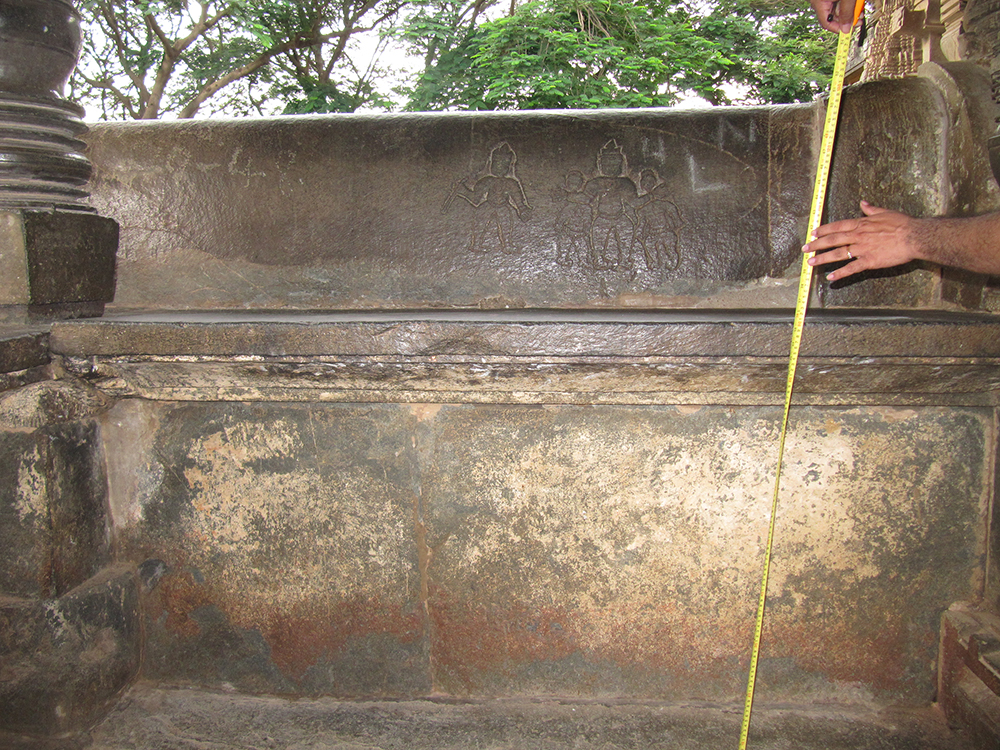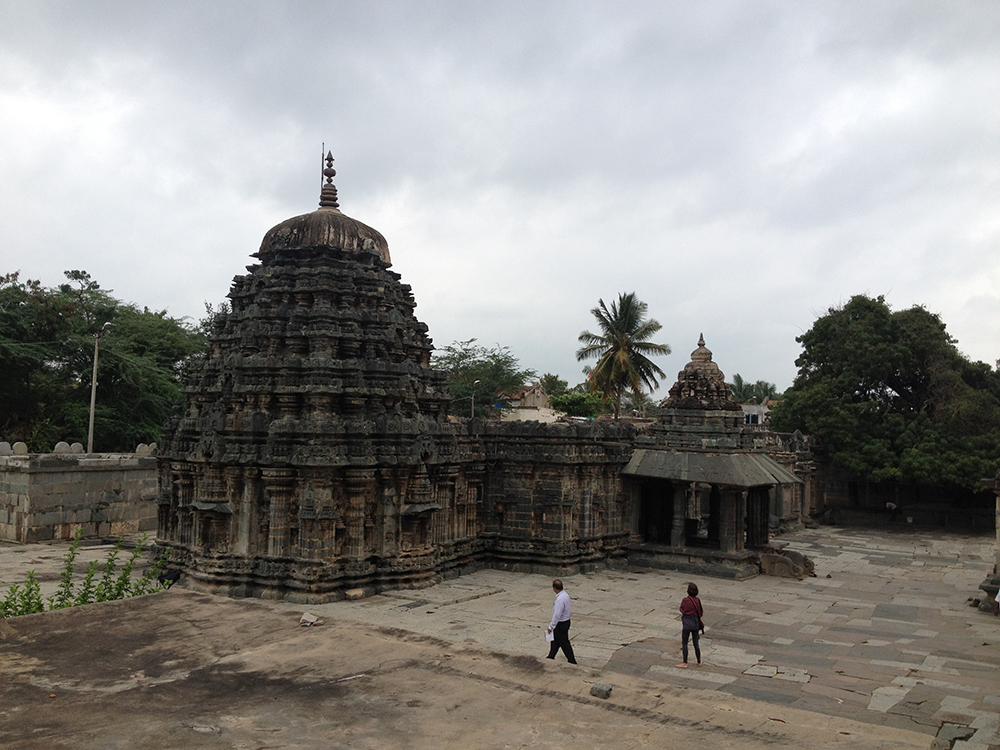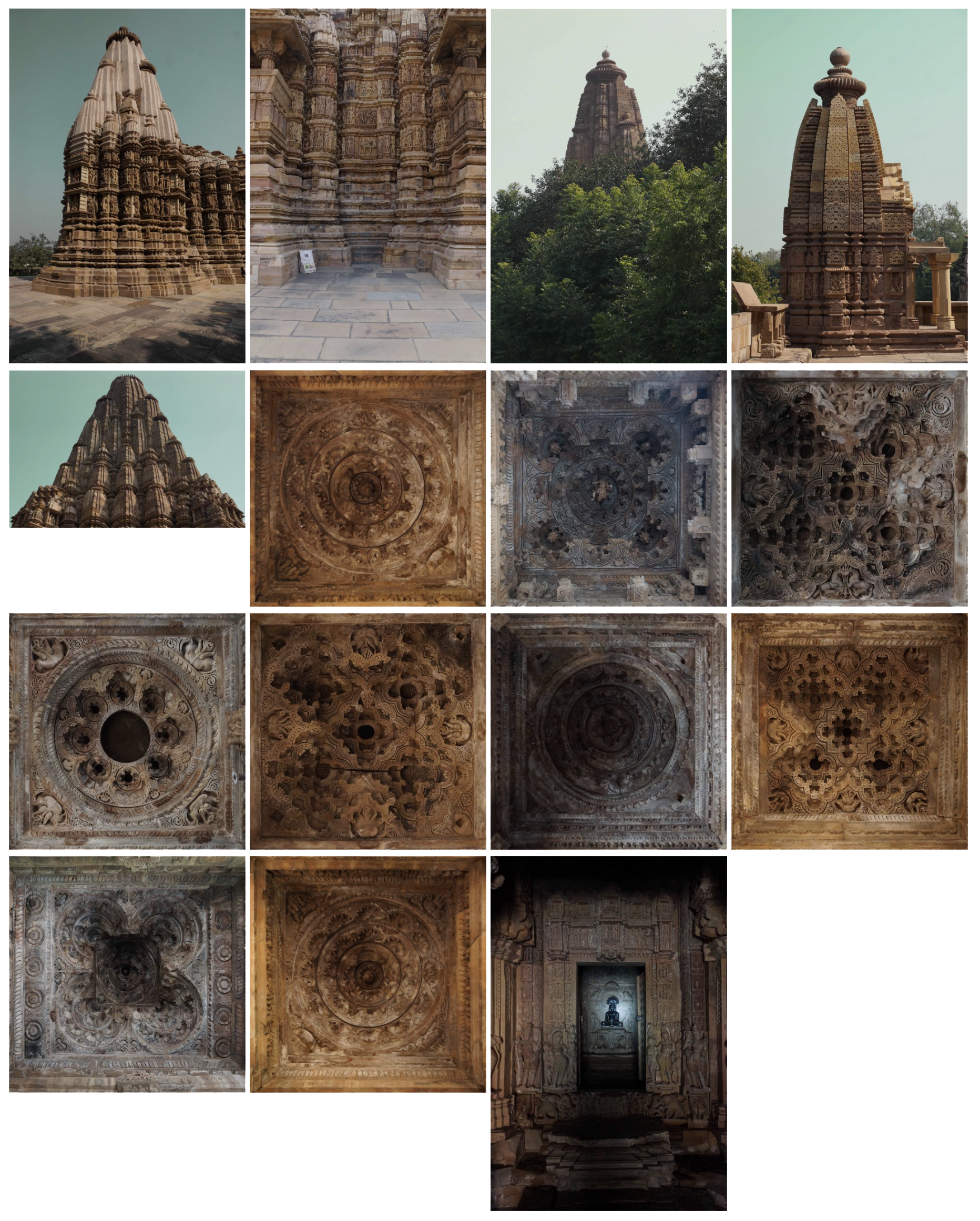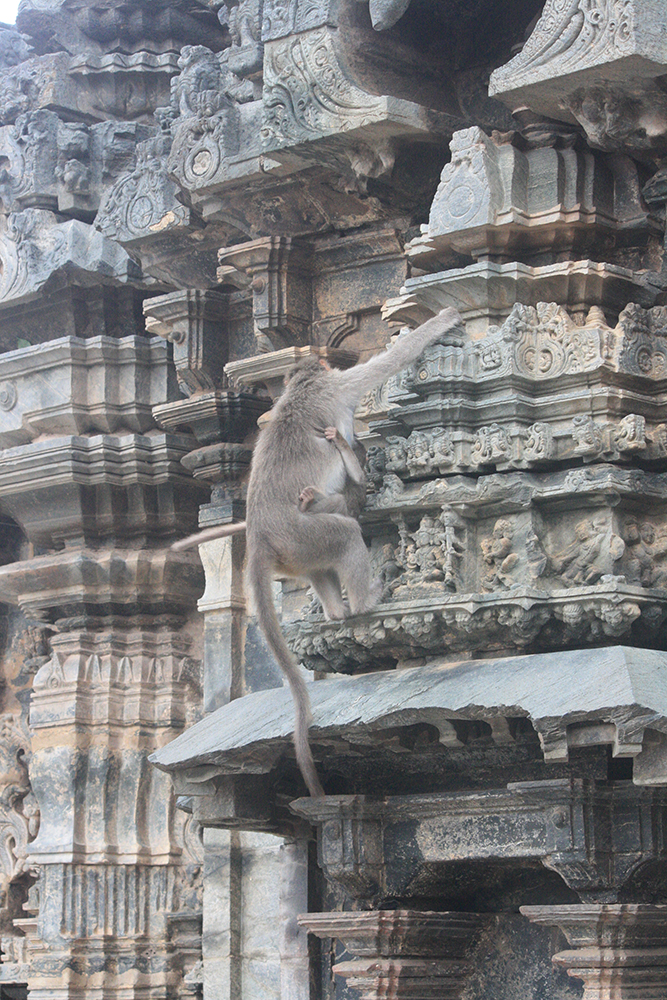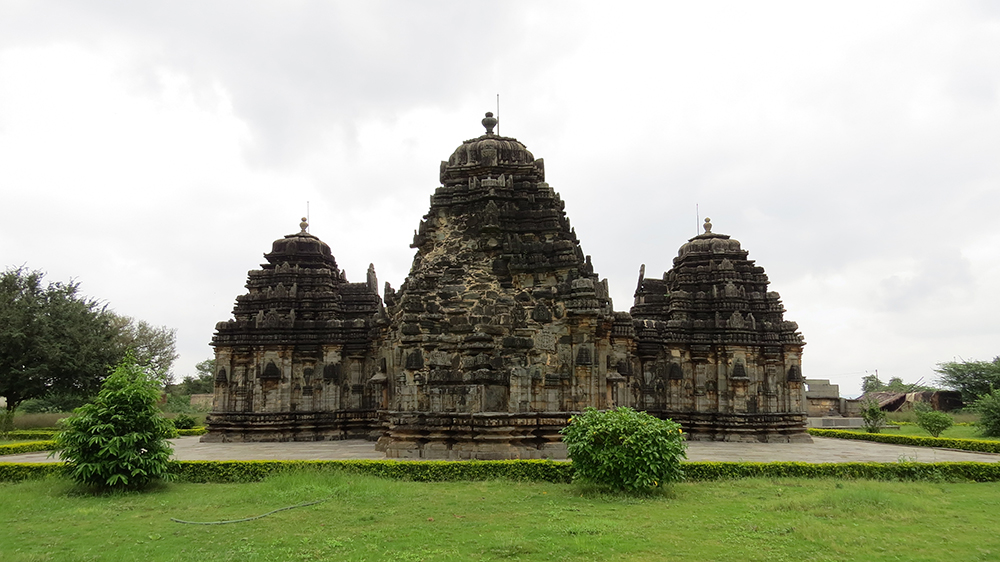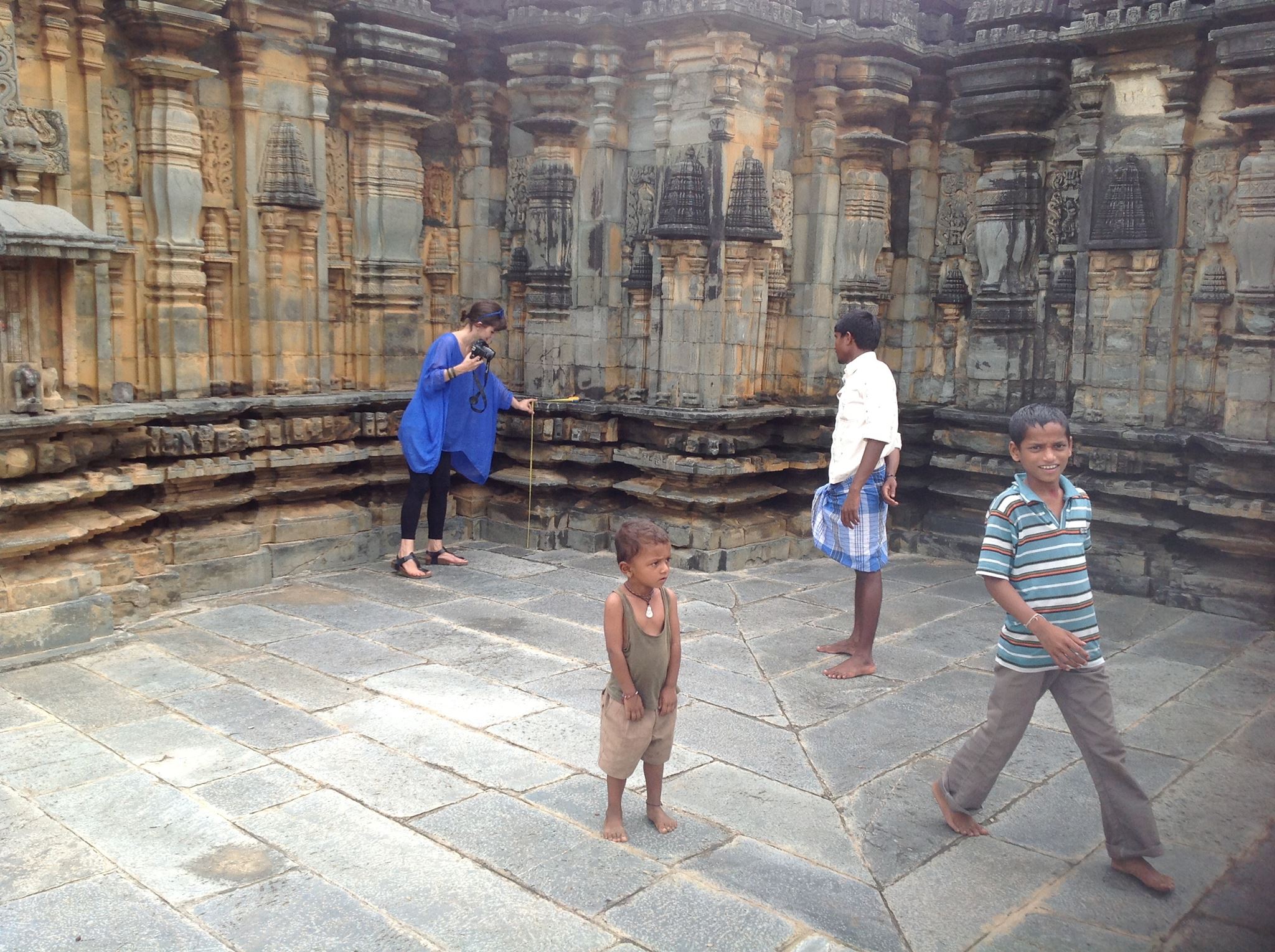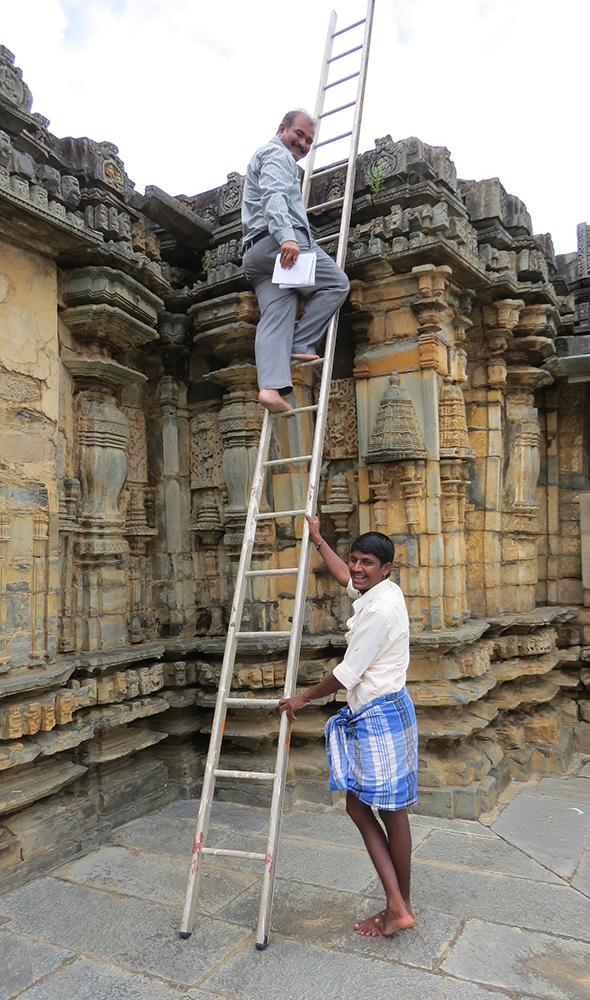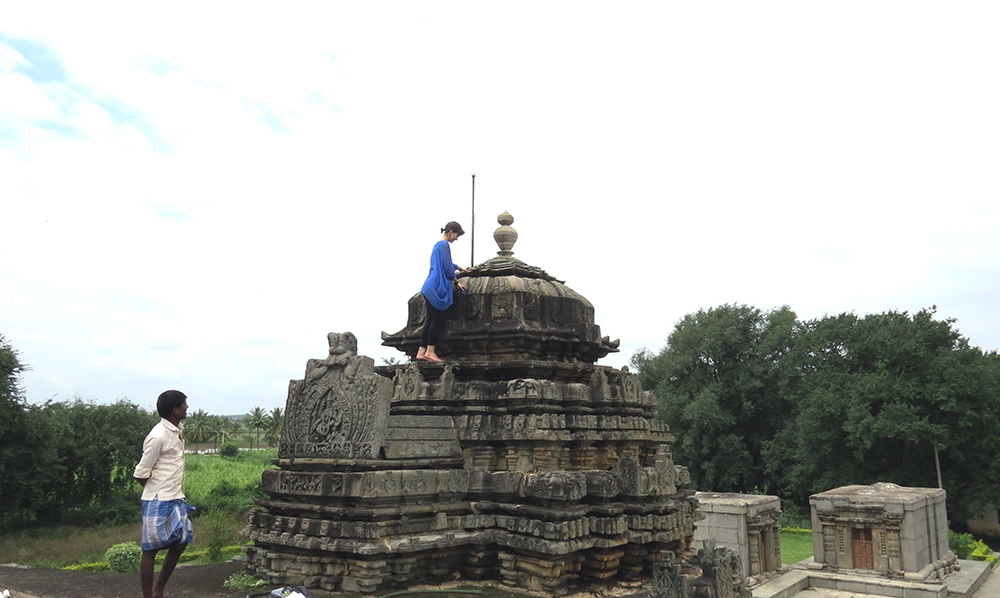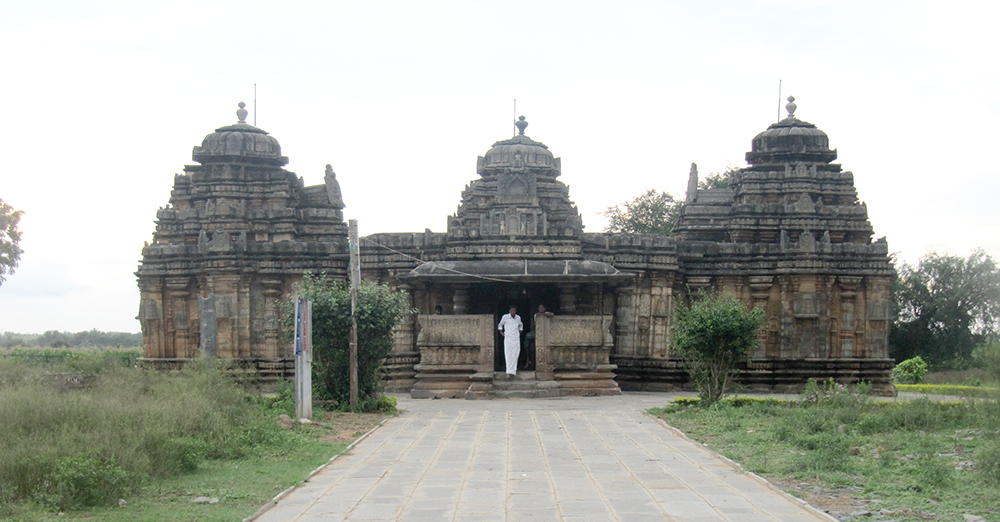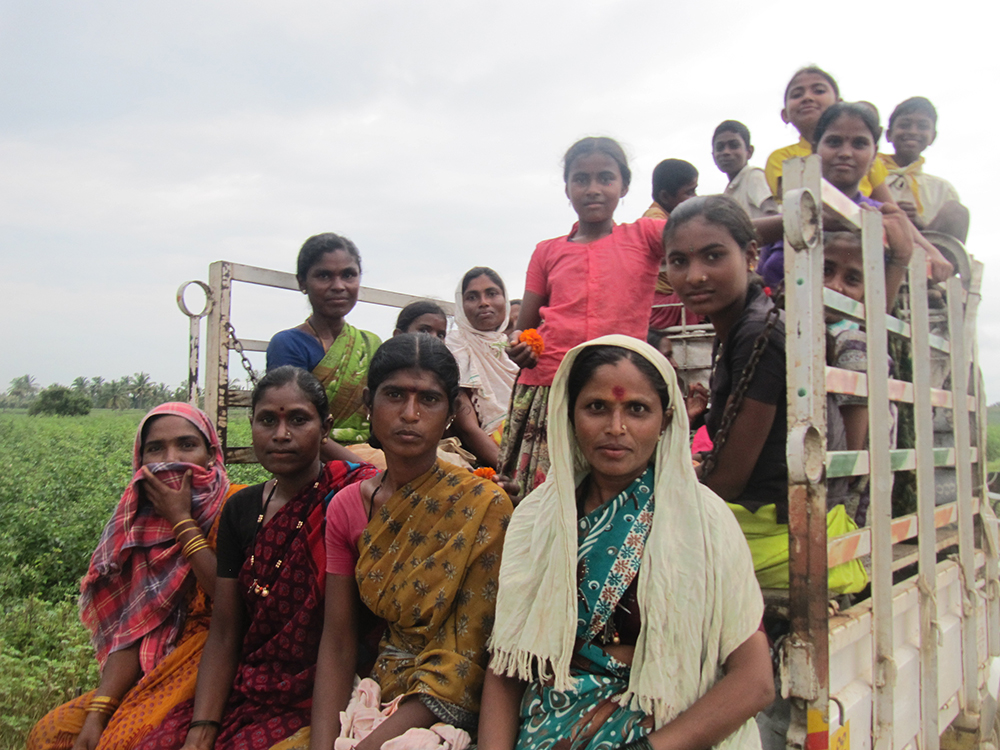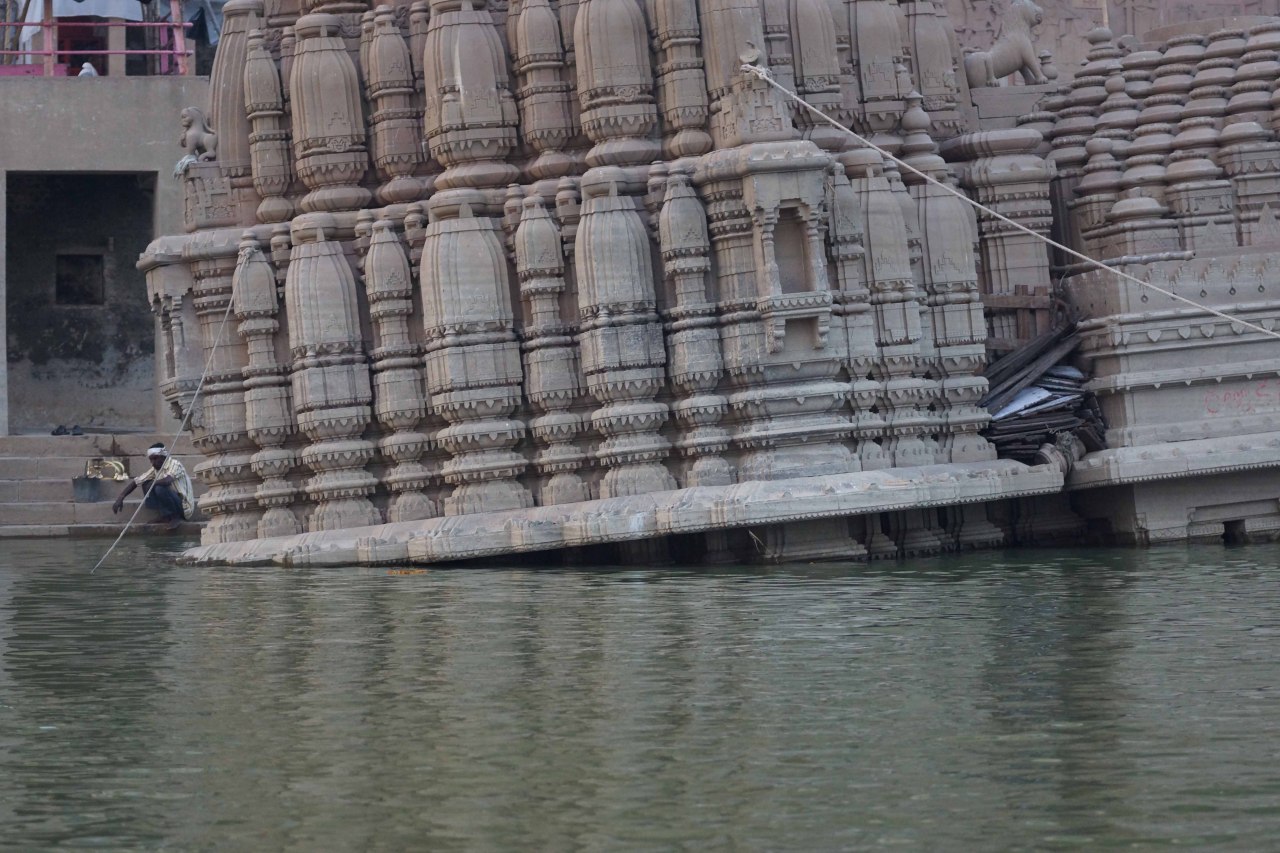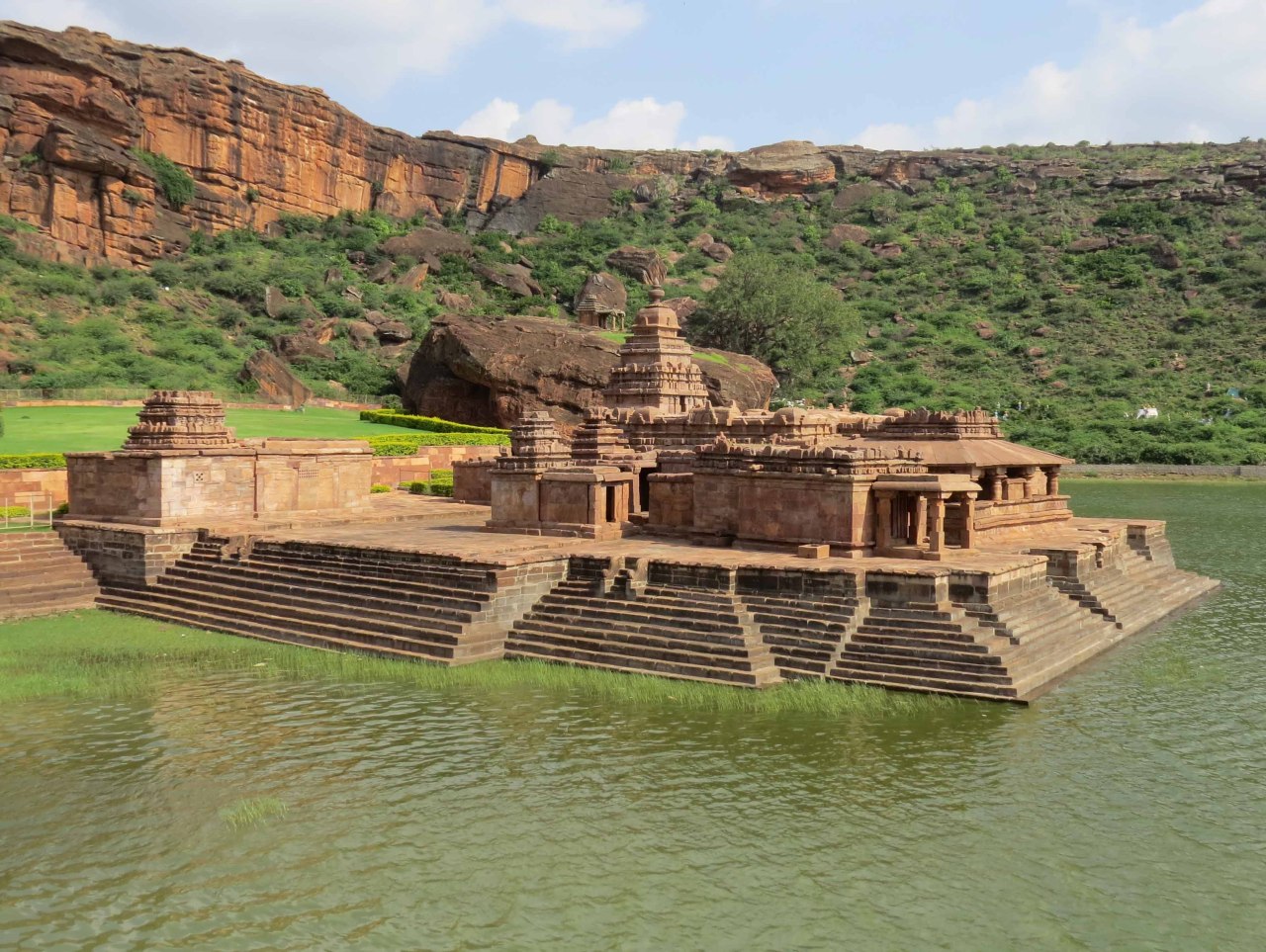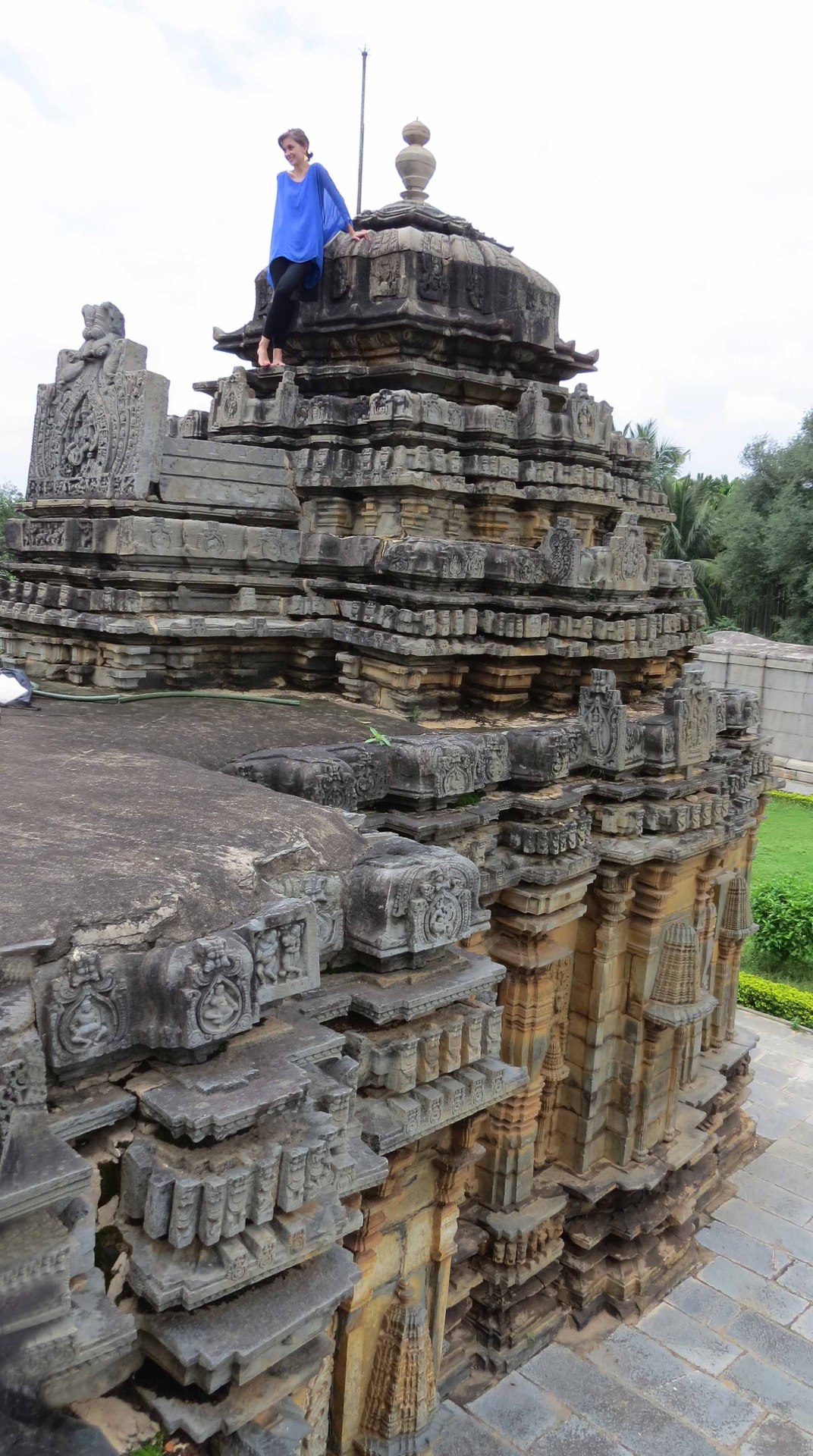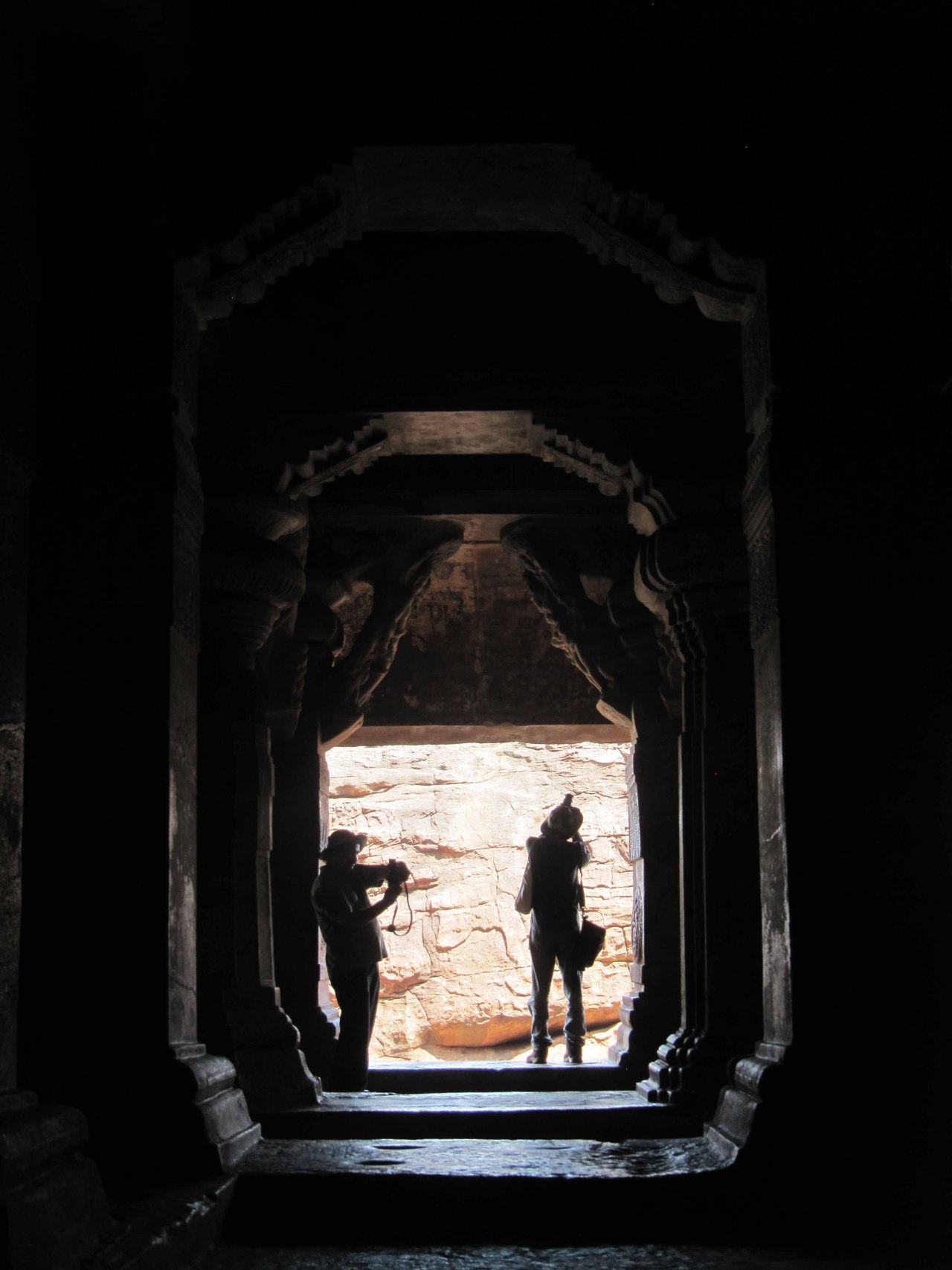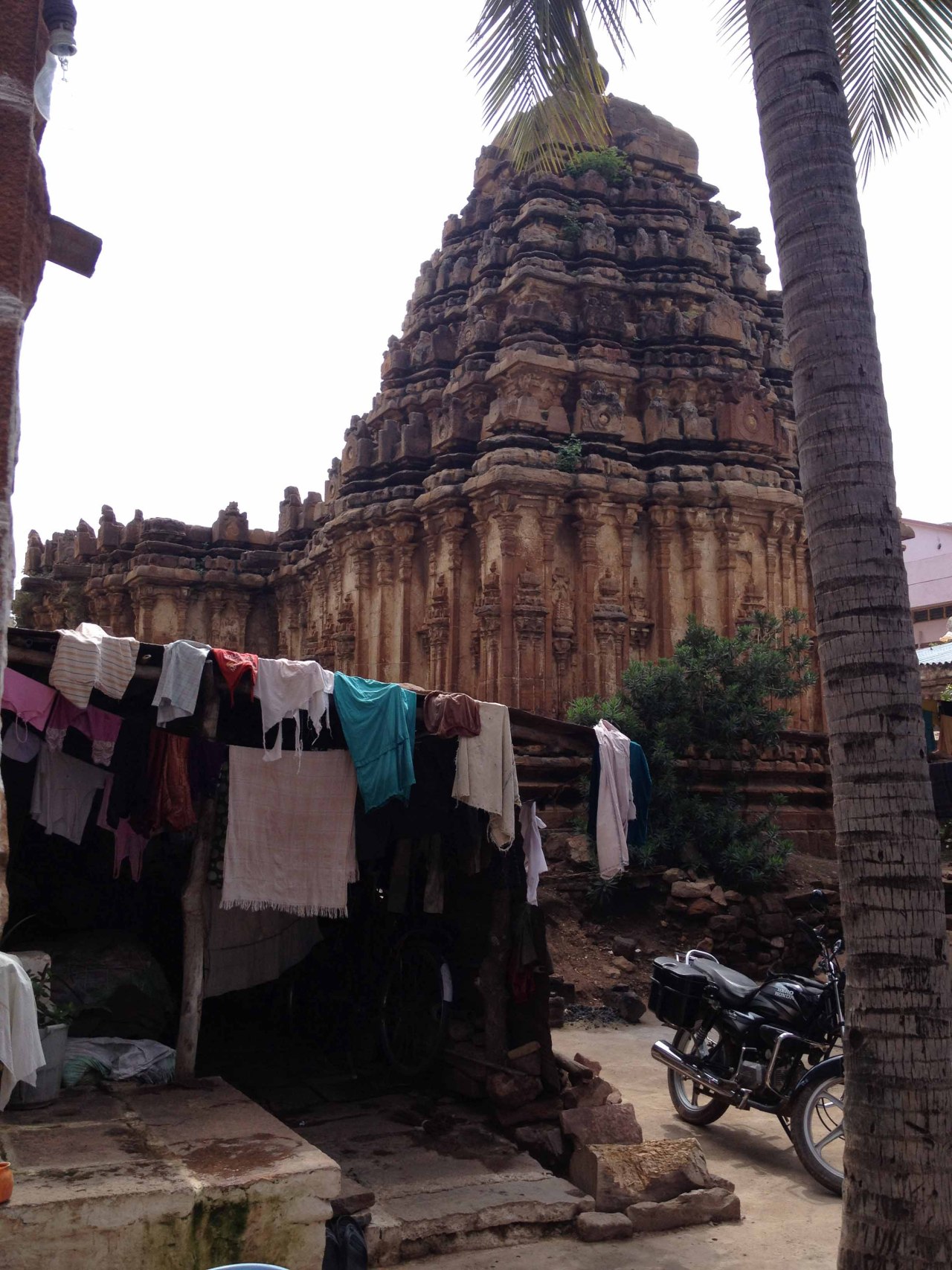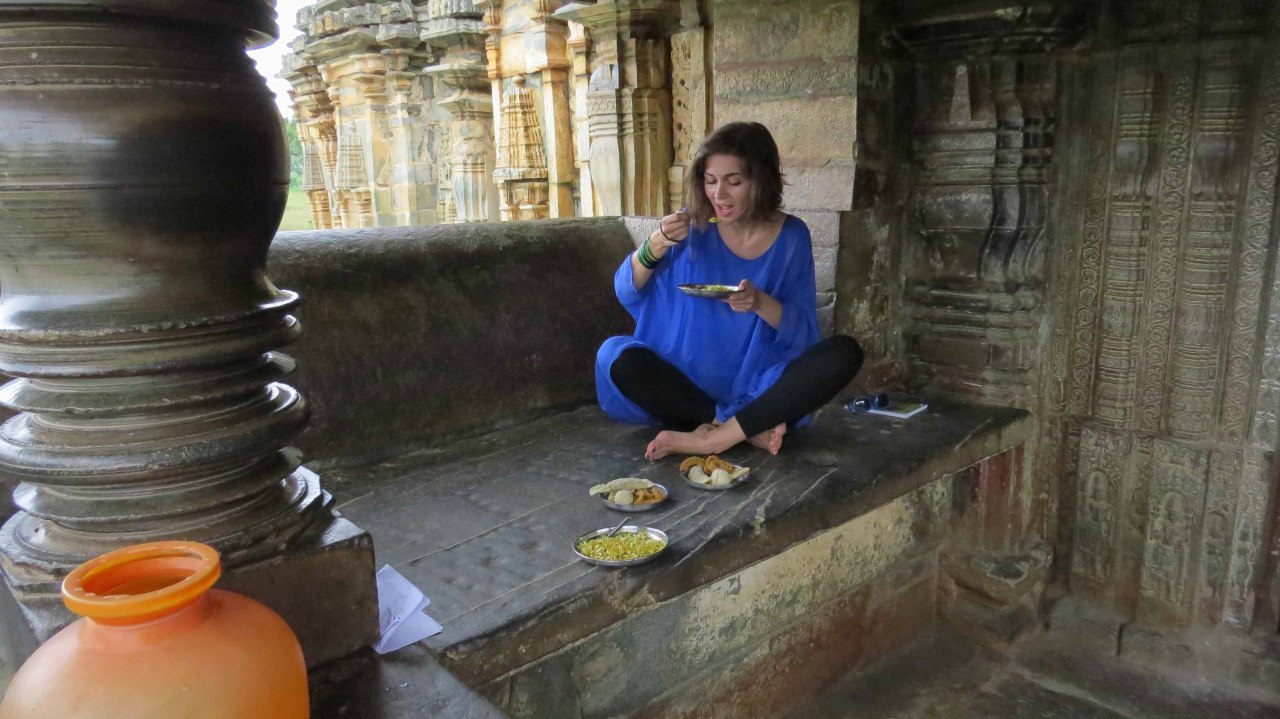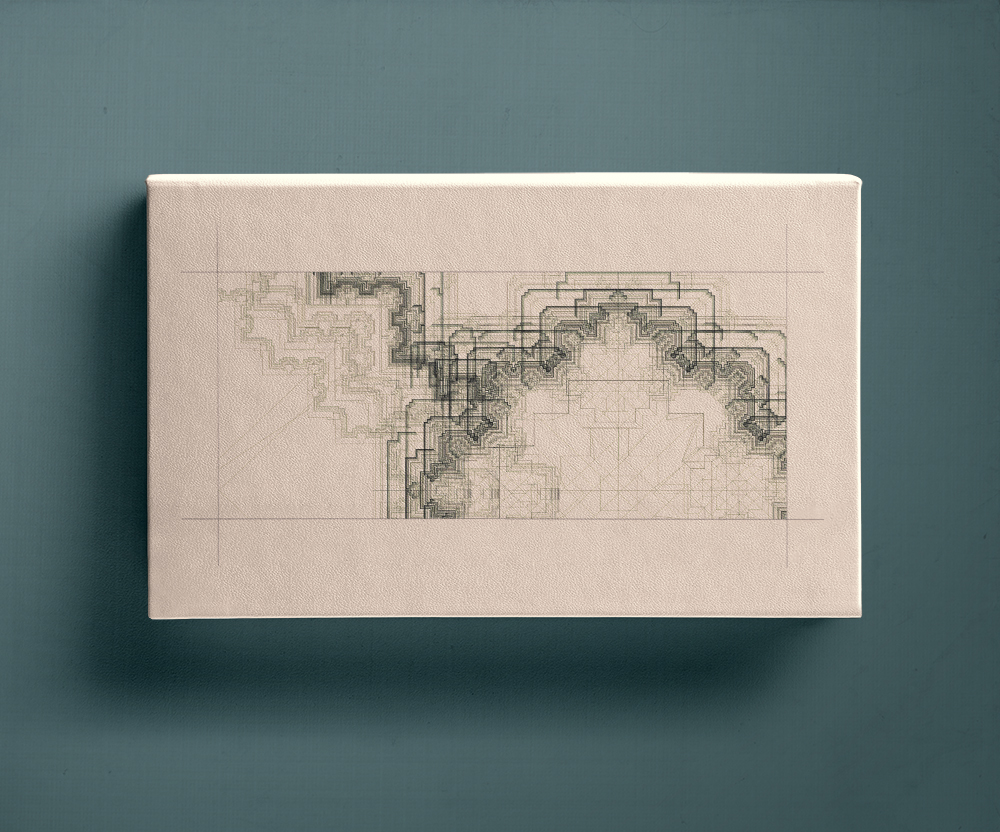Kalyani Chalukya Temples
Research project
Parametric Design Principles Found in Ancient Indian Temple Architecture
Case Examples of Columns of Kalyani Chalukya Period of Karnataka design development in temple architecture, 3D scanning of heritage buildings, path and profile theory
Traditional Indian temple architecture often contains a high degree of complex geometry embedded in its construction. The predominantly stone structures from the Kalyani Chalukya period (10th–12th century CE), located in present-day Karnataka, exhibit a remarkably sophisticated form-generative logic, not only in the detailing of micro-elements but also in the organization of macro-level structures and the overall form development of the sikharas (temple towers).
This research investigates the underlying parametric design principles that may have informed the creation of these complex forms. It does so by comparing 3D scanned models of select temples – acquired through laser scanning, photogrammetry and infrared technologies – with computational models developed in a CAD environment using only a limited set of generative parameters. The aim was to test these parametric models for geometric correspondence and anomalies, exploring the embedded logic in elements such as columns, sikharas, plinths and vimanas (sanctum towers).
Over the course of three months, I traveled extensively through the Karnataka state of India, visiting remote villages, towns and rural temple sites. The fieldwork involved meticulous on-site measurements, documentation and scanning of heritage architecture. These efforts provided the foundational data for the comparative analysis of traditional and computational design approaches.
The project was conducted in close collaboration with Prof. Kailas Rao (MIT Manipal University) and Prof. Dr. B. S. Bhooshan (BMS College of Engineering, Bangalore), whose academic guidance in architectural conservation and historical temple design was instrumental in shaping the research methodology and analysis.
Credits
Authors
Kailas Rao
M.Arch (architectural conservation), PhD
MIT Manipal University, Department of Architecture
Dr B. S. Bhooshan
Professor and Research Advisor, Department of Architecture
BMS College of Engineering Bangalore
Project Assistant
Ljubica Arsić
Type
Scientific Research, MIT Manipal Institute of Technology, India
Location
Karnataka, India
Year
Aug 2013 – Feb 2014

